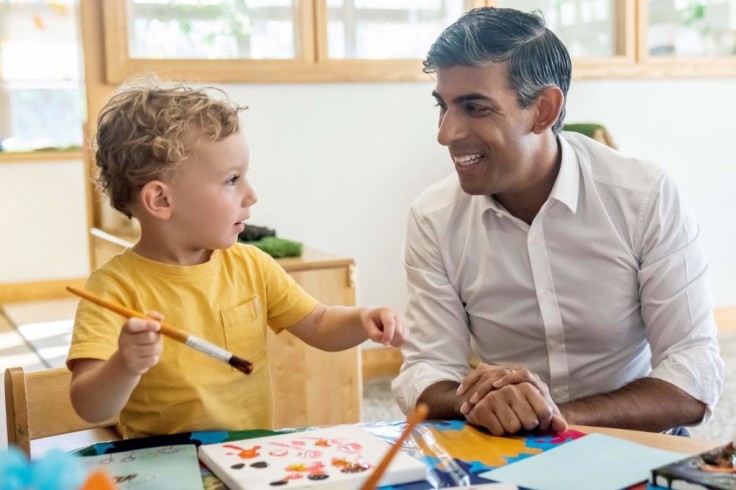
In today's fast-paced world, ensuring the safety of our children is a top priority. One of the concerns that often stands out for many parents is the concept of stranger danger.
While it's essential to be vigilant, it's equally important to ensure we're teaching our kids about safety in a balanced and constructive way.
Here, we'll dive into the concept of stranger danger, how to teach kids about stranger danger, and personal safety in a comprehensive yet easily digestible manner.
Understanding 'Stranger Danger'
Before delving into the strategies for teaching our kids, it's crucial to understand what we mean by "stranger danger."
In essence, it's the idea that strangers can potentially pose a risk to children. However, it's worth noting that not every stranger is a threat, and not every threat comes from strangers. Thus, while the term is catchy, it requires a nuanced approach when teaching children.
How To Teach Kids About Stranger Danger
- Start Early but Keep Age in Mind: Begin discussing stranger safety as early as preschool age, but ensure that your message is age-appropriate. For very young children, it could be as simple as emphasizing not to wander away from mom or dad.
- Clarify the 'Stranger' Concept: Not all strangers are bad. Teach children the difference between "safe" strangers (e.g., a police officer or a teacher) and potentially unsafe situations, like someone asking for help finding a lost pet.
- Use Real-Life Situations: During outings, point out situations and ask your child how they'd react. For example, "What would you do if someone at the park asked you to go with them?"
- Role Play: Regularly practice scenarios at home. This allows children to become more confident in their responses and decision-making skills.
- Stress the Importance of 'No': Let your children know it's okay to say "no" if something makes them uncomfortable. Whether it's an unfamiliar adult or even a known person, their comfort and safety come first.
Personal Safety Beyond Stranger Danger
Teaching personal safety involves more than just addressing strangers. It encompasses a range of situations and skills.
- Body Autonomy: Teach children that their bodies are their own. No one has the right to touch them without permission. Likewise, they shouldn't touch others without consent.
- Safe Touch vs. Unsafe Touch: Discuss the difference between a safe touch (like a doctor's examination with a parent present) and unsafe touch.
- Know Trusted Adults: Help your child identify trusted adults in their lives. If they're ever in a situation where they feel unsafe or unsure, they should know whom to turn to.
- Safety in Numbers: Emphasize the importance of staying with groups when outside and not wandering off alone.
- Personal Information: Teach kids not to share personal information, like their address, school name, or parents' names, with strangers.
- Online Safety: As they grow, kids spend more time online. Educate them about online strangers, privacy settings, and the importance of not sharing personal details or images.
- Regular Check-ins: Establish a routine for your child to check in with you, especially if they're going somewhere new or are with friends.
- Establish a Safe Word: Implement a 'safe word' that only your family knows. If ever someone unfamiliar needs to pick up your child, the child can ask for the safe word to ensure safety.
The objective isn't to instill fear but to empower children with the knowledge and tools they need to make safe decisions.
While the term "stranger danger" provides a starting point, comprehensive personal safety education encompasses far more.
Regular conversations, role-playing, and real-life examples can go a long way in ensuring your child's safety. With the right information, we can arm our kids with the best defense there is: knowledge.
